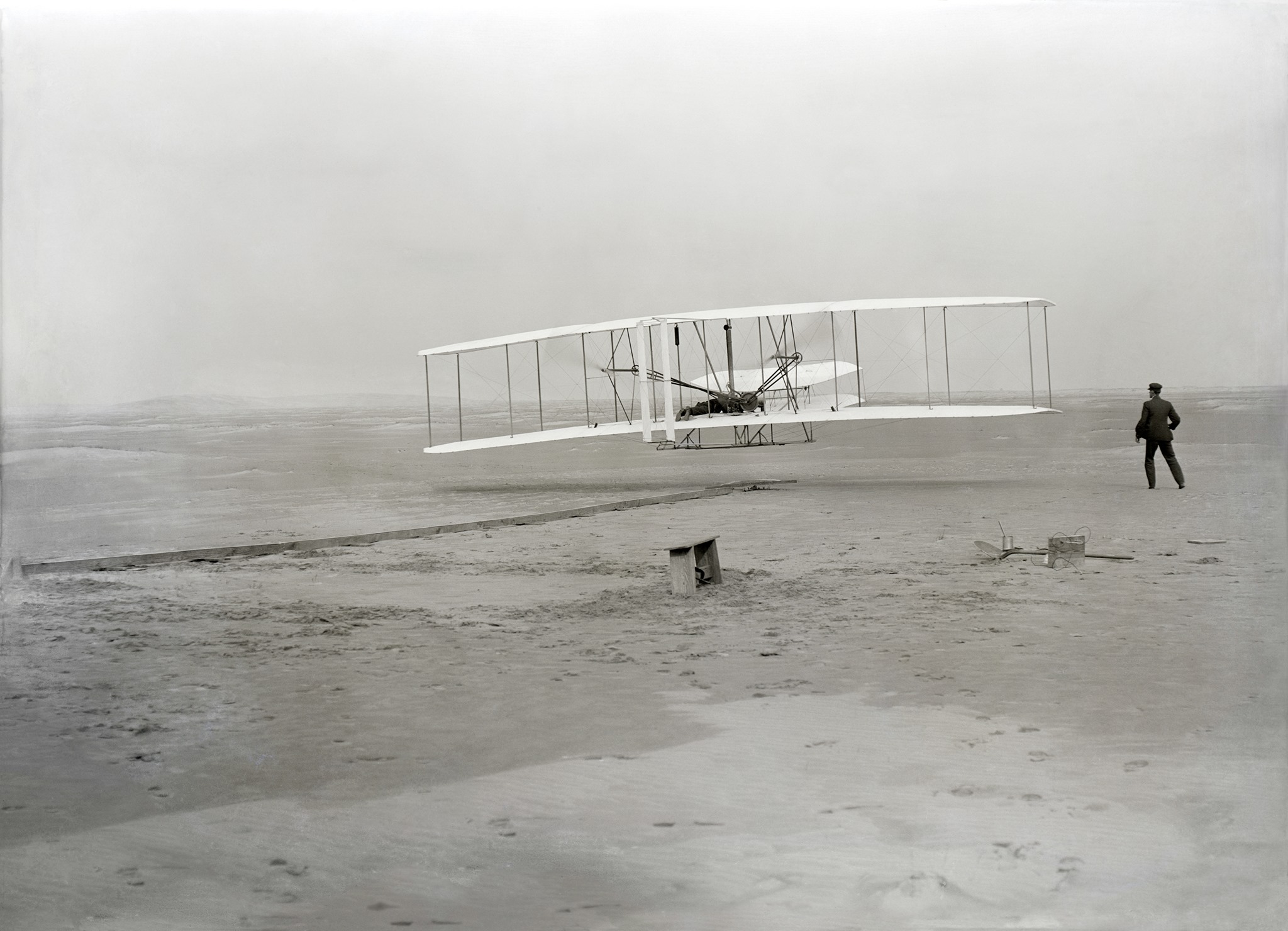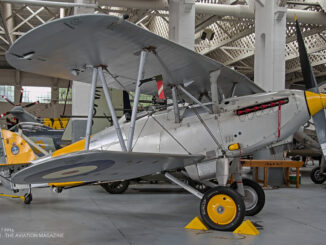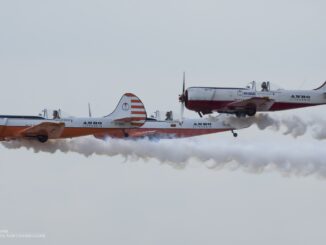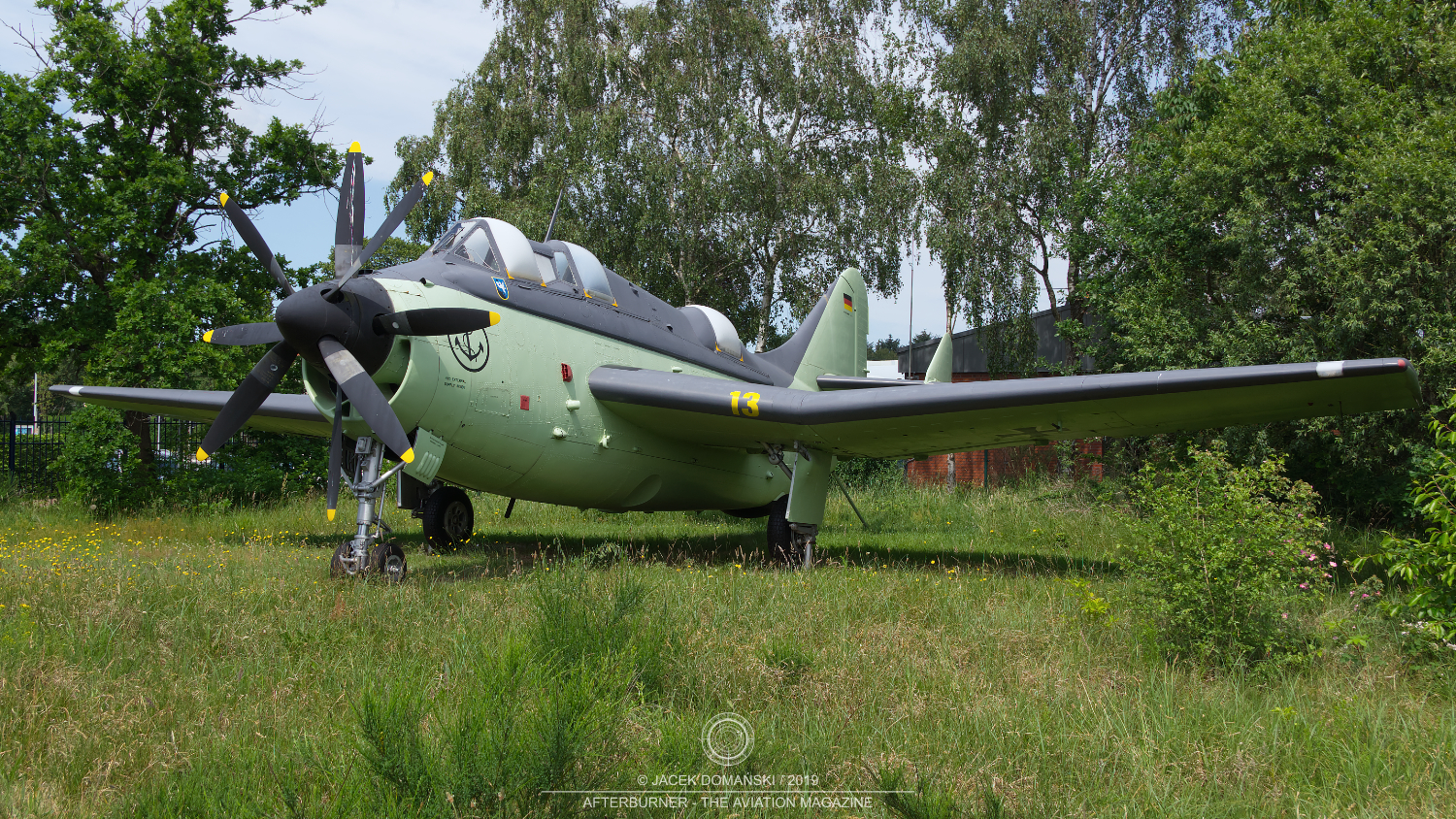 On 19th September 1949, the prototype of the Fairey Gannet, a British carrier-borne anti-submarine warfare aircraft, made its maiden flight at Aldermaston, England.
On 19th September 1949, the prototype of the Fairey Gannet, a British carrier-borne anti-submarine warfare aircraft, made its maiden flight at Aldermaston, England.
In 1945, the British Admiralty issued requirement GR.17/45 for a new anti-submarine and strike aircraft for the Fleet Air Arm. Fairey and Blackburn responded, developing prototypes designated Type 17 / Type Q and B-54 / B-88 respectively.
From the outset, the aircraft proposed by Fairey was designed as a turboprop. Initially, the design team led by H.E. Chaplin considered using a Rolls-Royce turboprop engine, but this was deemed unsuitable for the new aeroplane. Consequently, Chaplin adopted the same solution already used by Blackburn in the fourth iteration of their design – the Armstrong Siddeley Double Mamba, a coupled turboprop engine.
The Fairey prototype completed its maiden flight on 19th September 1949, followed the very next day by the first flight of the Blackburn prototype (albeit only its piston-engine variant). On 19th June 1950, the Fairey Gannet landed on the deck of HMS Illustrious, thus becoming the first turboprop aircraft ever to land on an aircraft carrier. Shortly afterwards, the Admiralty decided that the new Fleet Air Arm aircraft must be equipped with radar. This requirement forced both manufacturers to redesign their prototypes by adding a radome and a third seat for a radar operator.
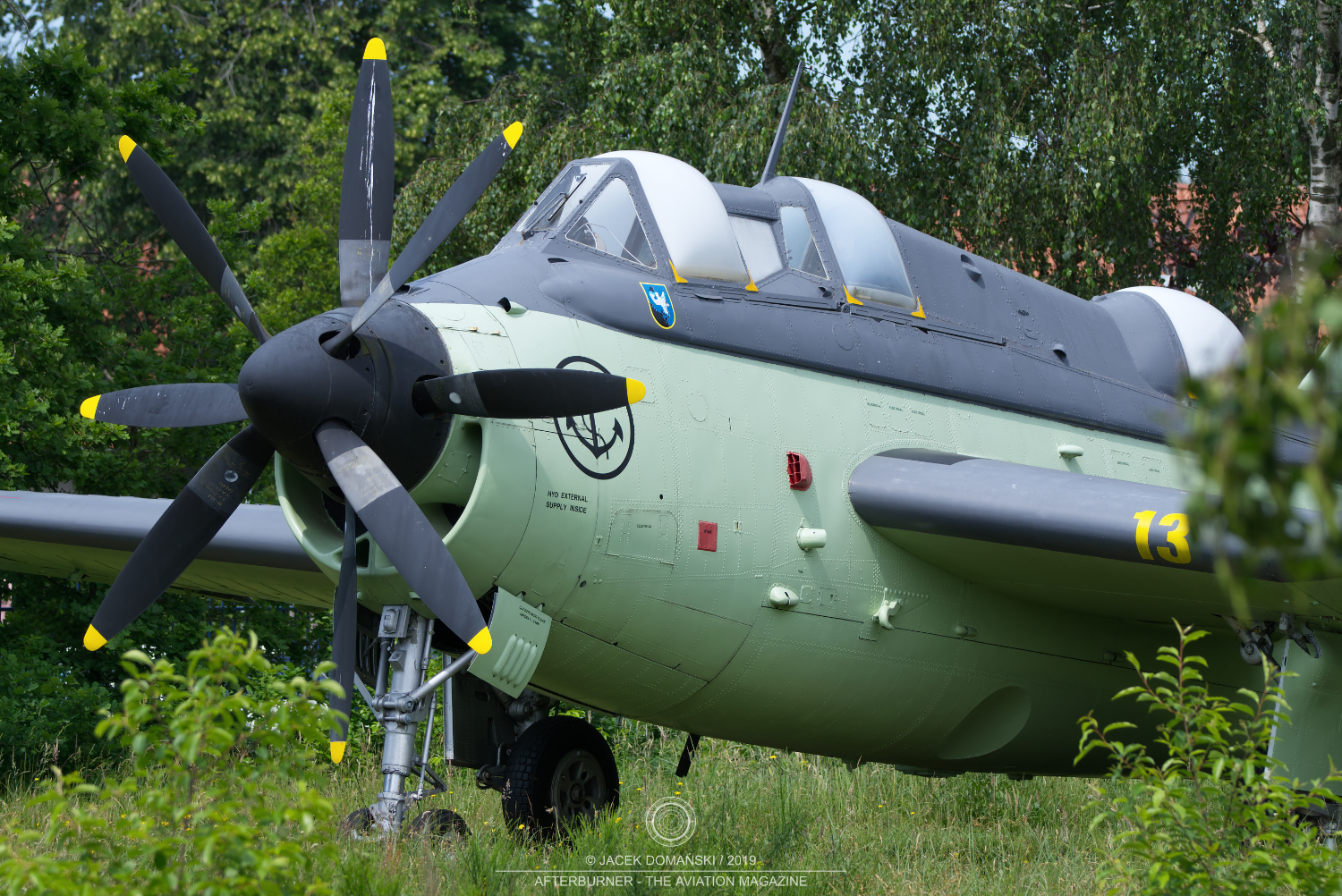
That additional requirement also gave the Gannet its rather unusual appearance. In the original two-seat configuration, the pilot’s cockpit was positioned well forward, high above the engine, to provide the best possible view essential for carrier operations. The observer was seated behind, under a separate canopy. Following the aforementioned redesign, a third cockpit was added for the radar operator, located at the rear of the fuselage and above the wing trailing edge.
The Fairey Gannet is often regarded as one of the ugliest aircraft of the Cold War era, fitting neatly into the – largely prejudiced – stereotype of ungainly and underperforming Royal Navy carrier aircraft of the 1940s and 1950s. Yet appearances can be deceptive, and the Gannet is a prime example in this regard.
A total of 348 Gannets were produced before the production ceased in 1959. More than 250 examples were built as the basic AS.1 and AS.4 anti-submarine variants. However, they saw intensive but relatively short service, as they had been replaced by newer designs by the mid-1960s.
Nevertheless, it was alternative role, not envisaged in the late 1940s, that gave the Gannet a much longer operational life. The Airborne Early Warning and Electronic Countermeasures variants remained in front-line service until 1978. More than 50 examples of these were built, comprising both newly manufactured conversions of the earlier manufactured anti-submarine versions.
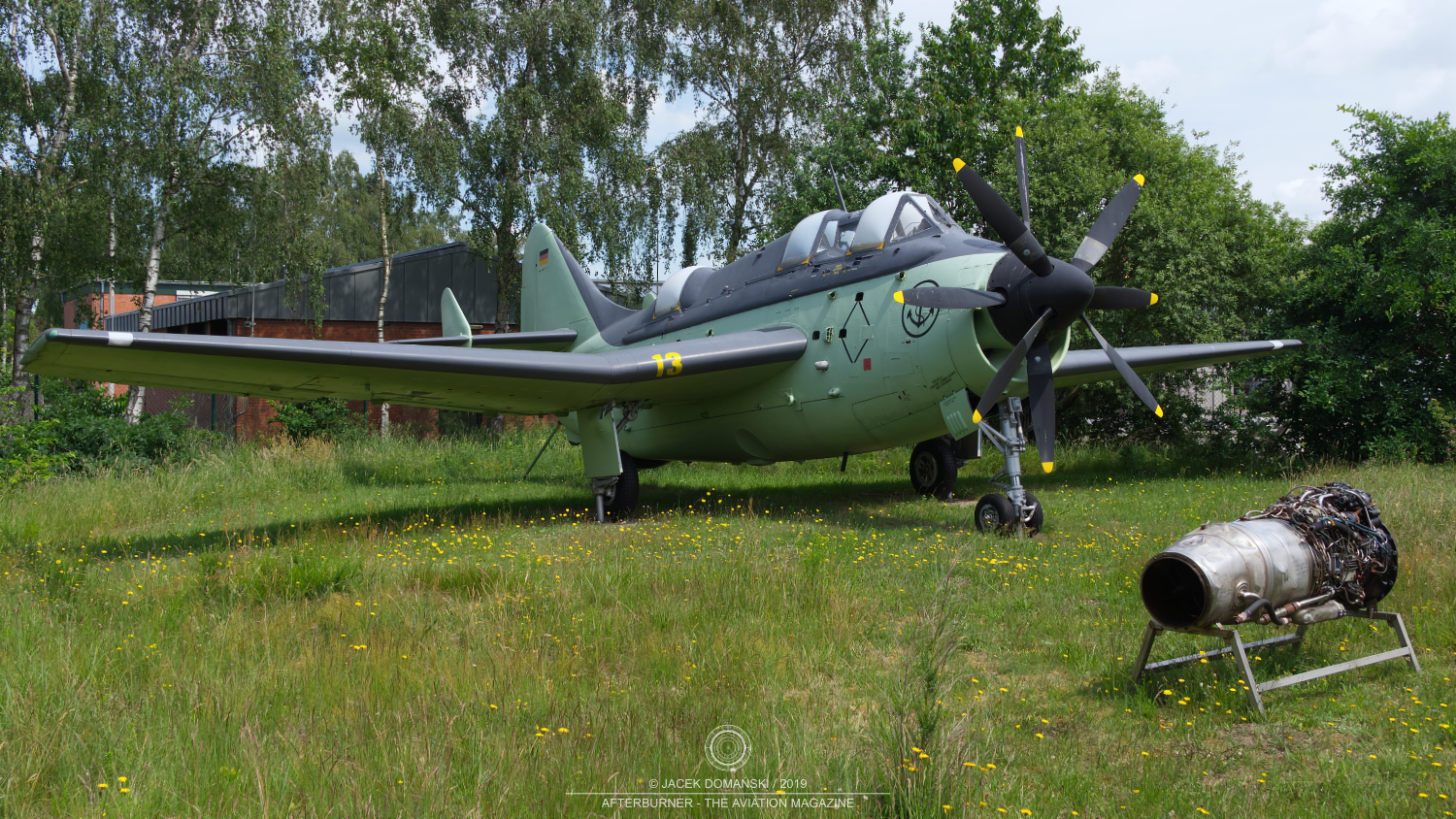
Pictured above is Fairey Gannet AS.4 (formerly “UA+113” of the German Naval Aviation), exhibited at Aeronauticum aviation museum in Nordholz.

